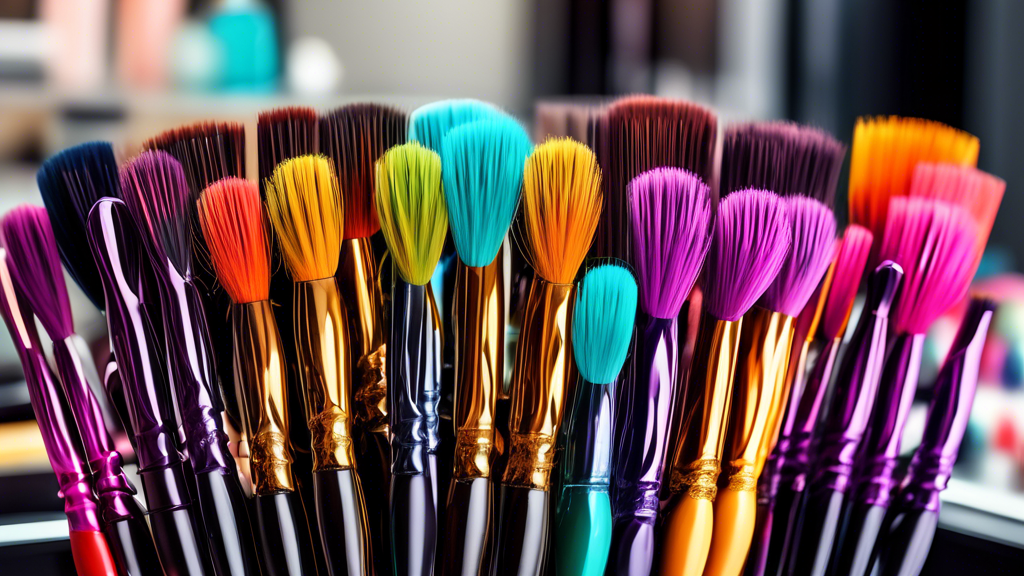When it comes to achieving salon-quality hair color at home, choosing the right tools is just as important as selecting the perfect shade. One tool that can significantly impact your dyeing experience and results is the hair dye applicator brush. With many options available in the market, it can be overwhelming to decide which one is best suited to your needs. This guide will help you understand the different types of applicator brushes, their features, and what to consider when making your choice.
Types of Hair Dye Applicator Brushes
The variety of applicator brushes available caters to different dyeing techniques, hair types, and personal preferences. Here are some common types:
Standard Flat Brushes
Flat brushes are the go-to option for many home hair colorists. They come with straight bristles and a flat head, offering even application of hair dye across large sections of hair. Flat brushes are ideal for root touch-ups and full-head applications, providing consistent coverage.
Comb Brushes
Comb brushes combine a traditional comb with an applicator brush. These brushes are particularly useful for distributing color through the strands evenly while detangling the hair. They are great for people with long or thick hair who need to ensure the dye penetrates every strand.
Detail Brushes
Detail brushes have finer bristles and a narrower head, allowing for precision work. They are perfect for adding highlights, lowlights, or touching up small areas such as the hairline and baby hairs. These brushes are a must-have for intricate coloring techniques.
Key Features to Consider
When choosing the perfect hair dye applicator brush, several features can affect your overall experience and the results:
Bristle Material
Bristles can be made of either synthetic or natural fibers. Synthetic bristles are generally more durable and easier to clean, while natural bristles can provide a softer, more seamless application. Consider your coloring habits and maintenance preferences when choosing bristle material.
Handle Design
The handle's design can significantly affect comfort and control during application. Look for a brush with a comfortable grip that won't slip out of your hand. Some brushes come with ergonomic handles or non-slip grips, making them easier to maneuver through your hair.
Bristle Density and Length
Brushes with dense, firm bristles are excellent for thick or coarse hair as they can distribute dye evenly without missing spots. In contrast, brushes with softer, longer bristles are gentler on fine or thinning hair. Consider your hair's texture and choose the appropriate bristle density and length to match.
Brush Size
The size of the brush head can influence how much dye is applied with each stroke. Larger brushes cover more surface area, making them ideal for broad applications, while smaller brushes provide precision for detailed work. If you're planning to do both, having multiple sizes can be beneficial.
Conclusion
Choosing the perfect hair dye applicator brush involves considering various factors such as the type of brush, bristle material, handle design, bristle density, length, and brush size. By understanding your specific needs and preferences, you can select a brush that will make your at-home coloring sessions more manageable and deliver professional-looking results. Take the time to explore different options and invest in a quality applicator brush to elevate your hair dyeing experience.

